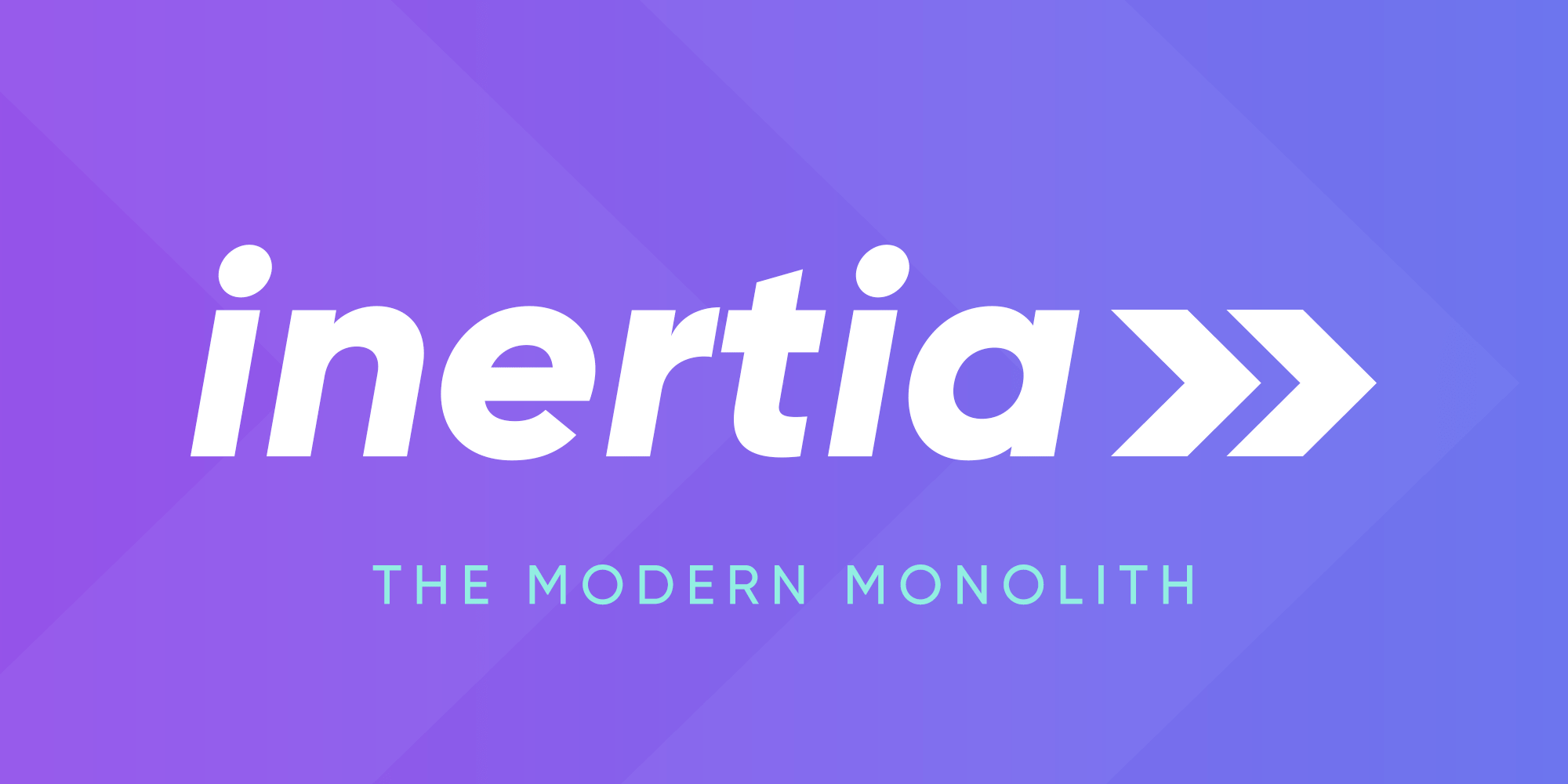
Inertia.js: The Modern Bridge Between Server and Client-Side Frameworks
Review · July 2, 2024
In the evolving landscape of web development, Inertia.js emerges as a unique approach to building single-page applications (SPAs) that seamlessly integrate the best features of server-side and client-side rendering. This article delves into the world of Inertia.js, exploring its advantages, potential drawbacks, and offering recommendations for developers considering its adoption.
What is Inertia.js?
Inertia.js is not your typical JavaScript framework. Instead, it's a strategy or technique designed to simplify the creation of SPAs by leveraging existing server-side frameworks. It's a bridge that connects the traditional server-side rendering (SSR) with the modern client-side rendering (CSR), allowing developers to utilize the frameworks they are already familiar with, such as Laravel or Ruby on Rails, in conjunction with client-side frameworks like React, Vue, or Svelte.
Pros of Inertia.js
1. Simplified SPA Development: Inertia.js enables developers to create SPAs without the complexity associated with traditional SPAs. It eliminates the need for client-side routing and API development, streamlining the process significantly.
2. Leveraging Existing Skills: Since Inertia.js works with server-side frameworks, developers can use their existing back-end skills and knowledge to manage the application's state, routing, and data retrieval.
3. Enhanced User Experience: By avoiding full page refreshes and minimizing resource loading times, Inertia.js offers a smooth and responsive user experience, akin to that of a traditional SPA.
Cons of Inertia.js
1. Learning Curve: Developers must be proficient in both the server-side language (like PHP) and a client-side framework (such as Vue or React). This dual expertise requirement can be a barrier for some.
2. Ecosystem Familiarity: As Inertia.js acts as a 'glue' between server and client-side frameworks, developers need to be well-versed in the ecosystem of both to effectively utilize Inertia.js.
3. Limited Community Support: Being relatively new, Inertia.js doesn't have as extensive a community or as many resources as more established frameworks, which could pose challenges when seeking support or troubleshooting issues.
Recommendations
For developers entrenched in server-side frameworks and looking to modernize their applications without diving deep into the complexities of SPAs, Inertia.js is a compelling option. It's particularly well-suited for projects where rapid development and leveraging existing server-side logic are priorities.
However, for those new to web development or with expertise in only client-side or server-side frameworks, the learning curve might be steep. In such cases, it might be beneficial to gain a solid understanding of both sides before adopting Inertia.js.
In conclusion, Inertia.js stands out as a modern solution for developers aiming to build efficient and user-friendly SPAs while capitalizing on their existing server-side expertise. Its approach of combining the strengths of SSR and CSR offers a unique pathway for creating dynamic web applications that cater to the needs of today's users.
Are you considering Inertia.js for your next project? Share your thoughts and experiences with this innovative approach to SPA development in the comments below!
References:
- The Ultimate Guide to Inertia.js - Kinsta
- Why Should you choose Inertia Js for your next Web Project - CodeBrisk
- Inertia.js and its advantages for Laravel developers - Rootstack
- Inertia.js! The secret ingredient for a successful web application - mindtwo.com